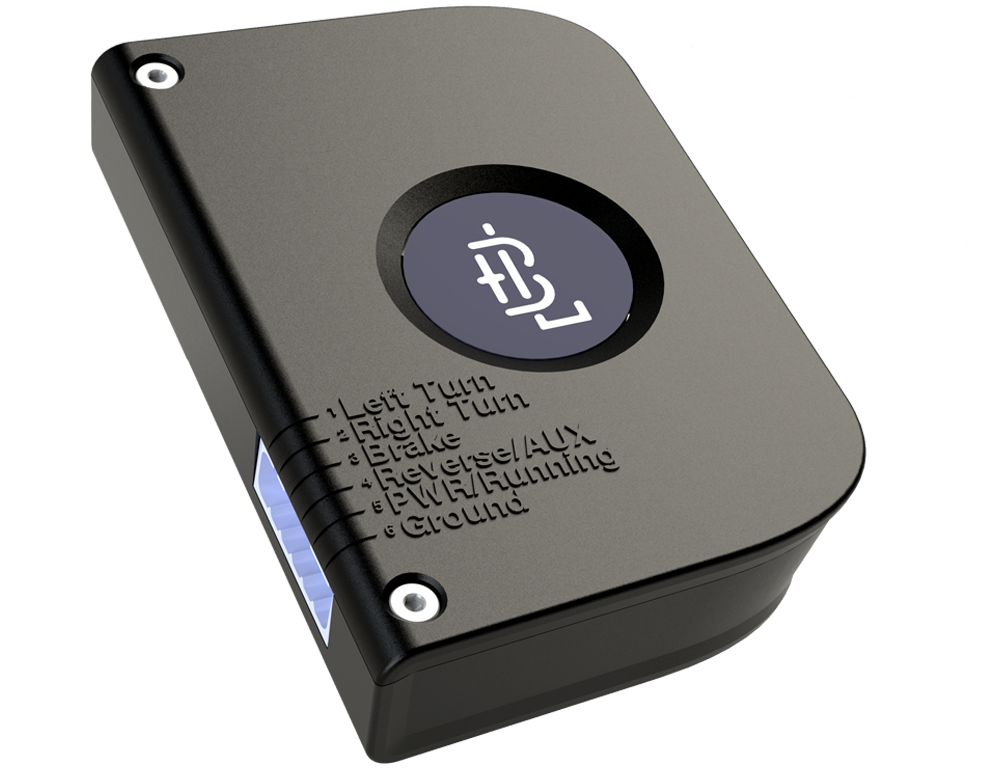A Tapestry
of Tech

WIRELESS CONNECTION
The timeline of communication technology began with rudimentary methods like smoke signals, drums, and carrier pigeons, which humans used for millennia to transmit messages over distances. The first significant leap came in the 19th century with the invention of the telegraph in the 1830s and 1840s, pioneered by Samuel Morse and others. This allowed electrical signals to carry coded messages across wires, shrinking the world by enabling near-instant communication over long distances. The telephone, introduced by Alexander Graham Bell in 1876, built on this foundation, adding voice to the equation and revolutionizing personal and business interactions. These early wired systems laid the groundwork for the networked world, proving that information could be transmitted reliably beyond physical messengers.
The 20th century ushered in wireless communication, starting with Guglielmo Marconi’s radio experiments in the 1890s. Radio waves enabled ships, military units, and eventually civilians to communicate without cables, a breakthrough that evolved into television broadcasting and mobile radio systems by mid-century. The development of satellites in the 1950s and 1960s, such as Telstar in 1962, extended this reach globally, beaming signals across continents. Meanwhile, the internet’s roots emerged with ARPANET in 1969, blending wired and wireless technologies into a packet-switching network that would redefine communication. By the late 20th century, cellular networks—starting with 1G in the 1980s—brought mobile phones into widespread use, transitioning from analog to digital with 2G in the 1990s, setting the stage for data-driven communication.
The 21st century accelerated this evolution with exponential advancements in speed, connectivity, and device integration. The rollout of 3G, 4G, and now 5G networks has transformed mobile communication into a high-bandwidth ecosystem supporting video streaming, IoT devices, and real-time applications like autonomous driving. Alongside cellular progress, short-range wireless technologies like Wi-Fi (born in 1997) and Bluetooth (introduced in 1998) emerged as critical players, connecting devices in homes, offices, and personal spaces. These protocols evolved to handle more data and devices, with Wi-Fi 6 and Bluetooth 5 introducing enhancements like greater efficiency and range. Concurrently, the rise of fiber optics and quantum communication experiments hints at a future where data travels faster and more securely than ever before.
One fascinating development in modern communication is mesh connectivity, where devices form self-organizing networks to relay data. Unlike traditional hub-and-spoke models (e.g., a router connecting devices), mesh systems allow each node—think smart bulbs, sensors, or phones—to communicate directly with others, extending coverage and resilience. Types of mesh connectivity include full mesh, where every device connects to every other device, and partial mesh, where only some nodes link directly. Technologies like Zigbee and Z-Wave, popular in smart homes, use mesh topologies to ensure a light switch in the basement can talk to a hub upstairs via intermediate devices. Thread, another protocol, integrates IPv6 into mesh networks, making IoT ecosystems more scalable and internet-friendly. These systems shine in scenarios requiring redundancy, like disaster zones or sprawling industrial sites, where a single point of failure can’t cripple communication.
Bluetooth, now in its latest iterations (Bluetooth 5.2 and the emerging 6.0), complements mesh connectivity with robust short-range capabilities. Introduced in 2016, Bluetooth 5 doubled the speed (to 2 Mbps) and quadrupled the range (up to 240 meters) of its predecessors, while Bluetooth 5.1 added direction-finding for precise location tracking within centimeters—ideal for asset management or indoor navigation. Bluetooth Mesh, launched in 2017, enables many-to-many communication, allowing thousands of devices, like lights or sensors, to form networks for smart buildings. The latest Bluetooth Low Energy (BLE) enhancements focus on power efficiency, supporting wearables and IoT gadgets that run for years on tiny batteries. Protocols like the LE Audio standard, introduced in 2020, bring high-quality sound and features like Auracast, a broadcast mode for public spaces. As Bluetooth evolves, it’s poised to anchor an interconnected world, blending seamlessly with mesh systems to keep our devices talking, no matter the distance or scale.
At BikeLink, we implement the latest Blue-tooth protocols and Blue-tooth processors to generate a customized mesh-like communication network. Take for example the BikeLink 1-up system. The Helmet Unit (goes on the helmet), the Vehicle Unit (goes on the selected motorcycle), both have the same powerful processor and Bluetooth protocols to allow for simultaneous control and adjustment from the BikeLink App for use on cell phones or smart watches. This Mesh-like real time communication happens between multiple Helmet Units (You and Spouse on the same motorcycle), smart watch, cell phone, and the BikeLink Vehicle Unit at the same time. And speaking of the App., when you want to completely customize running color(s), or a type of cyborg style turn signal, or even a real space age style light pattern for braking, the App does this and so much more!

